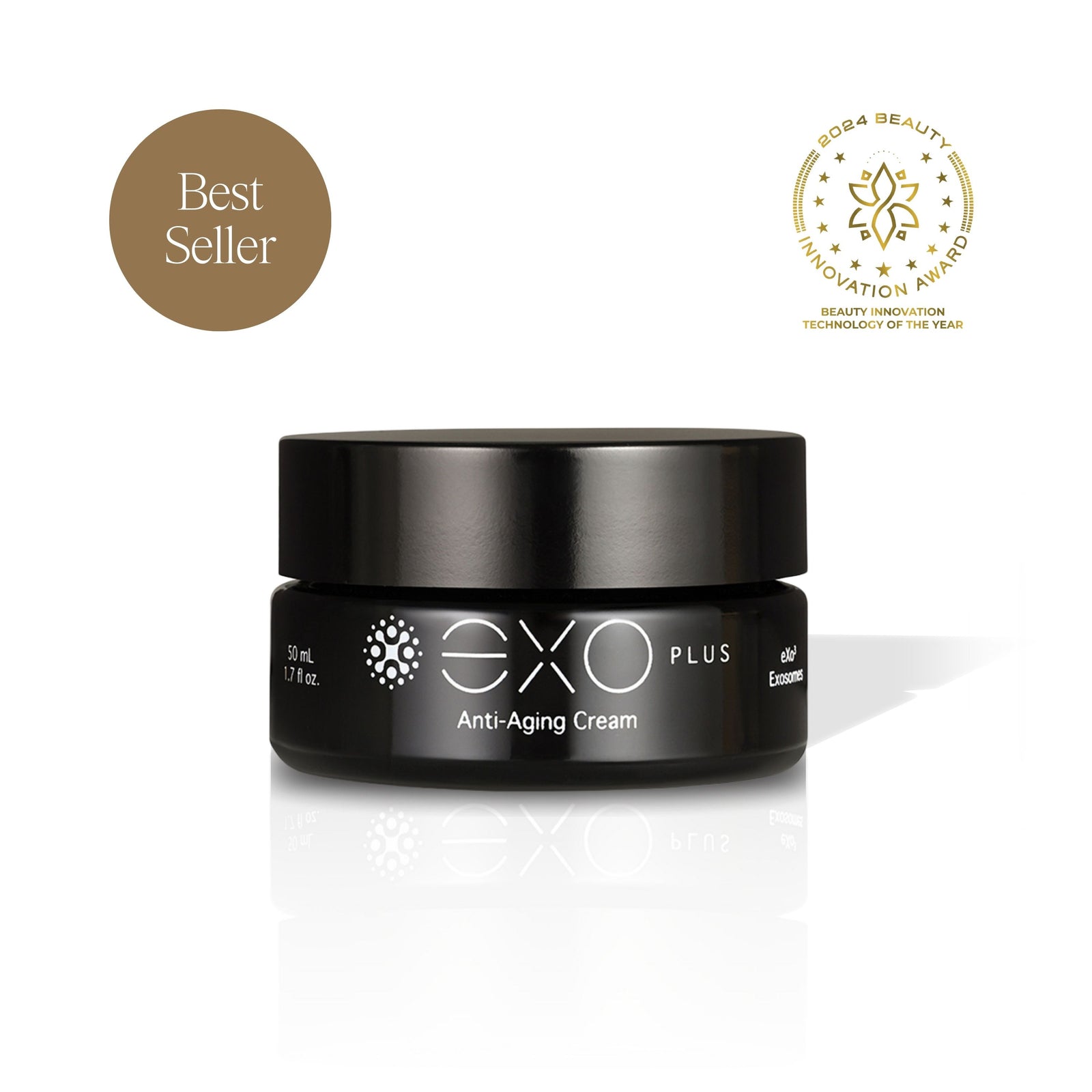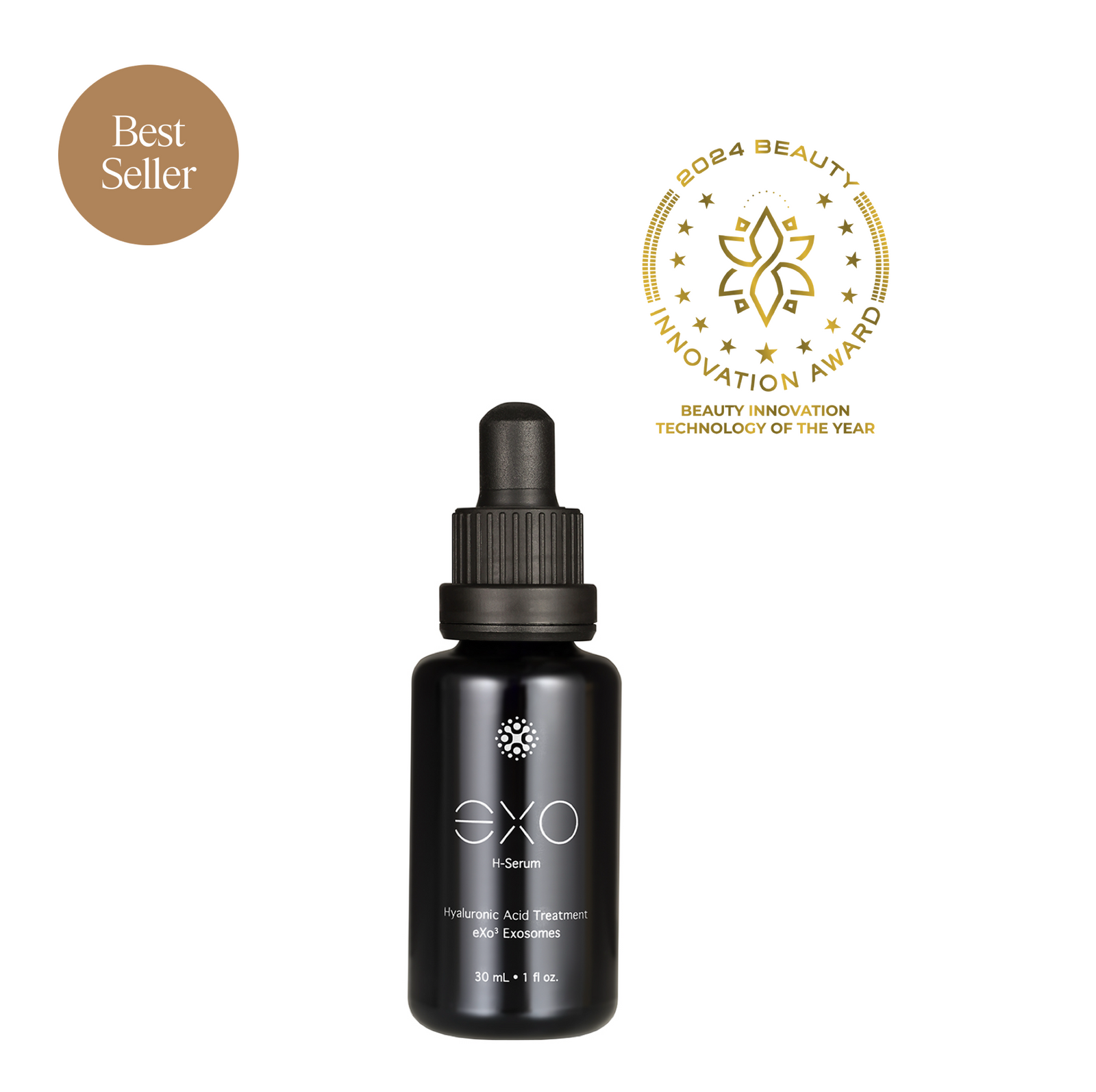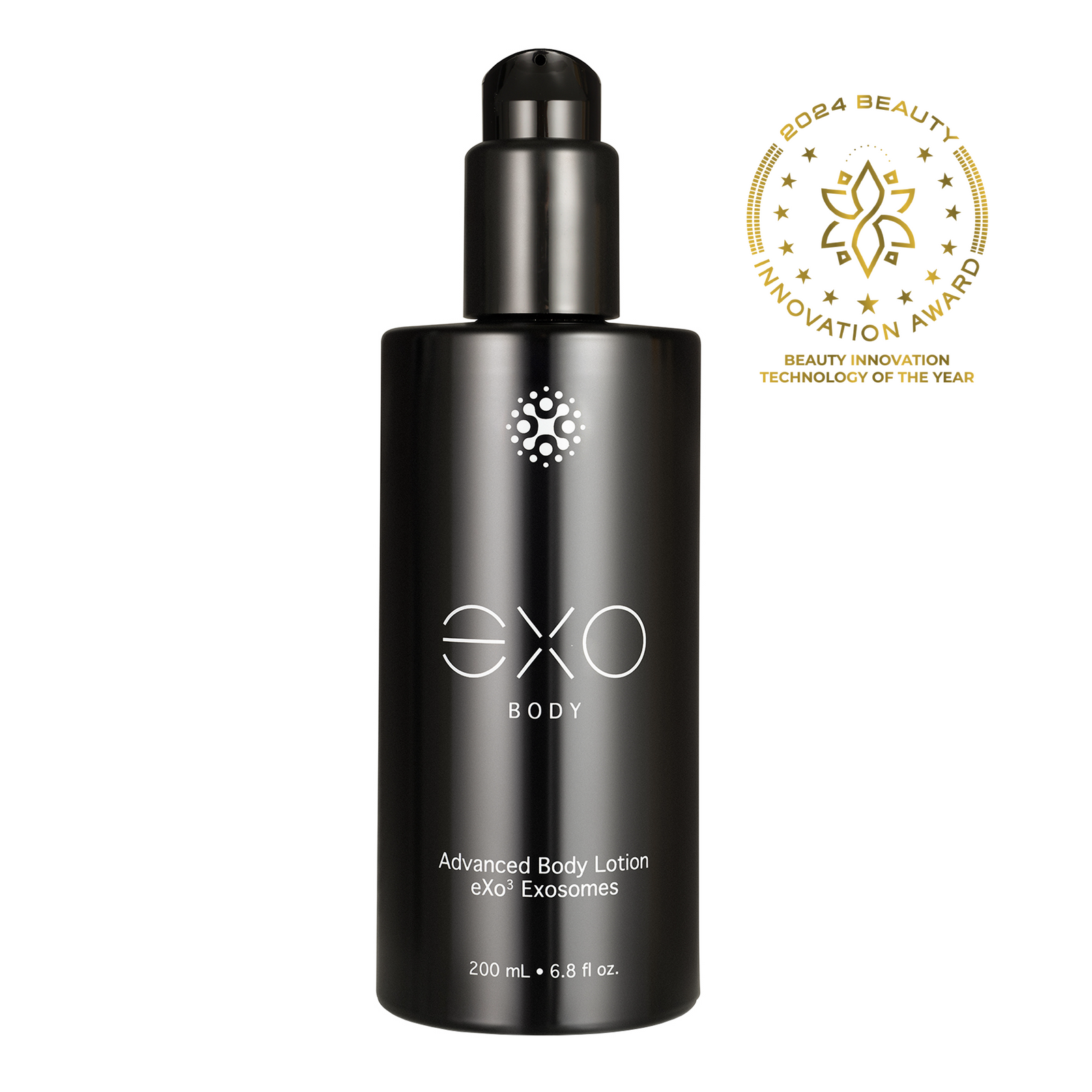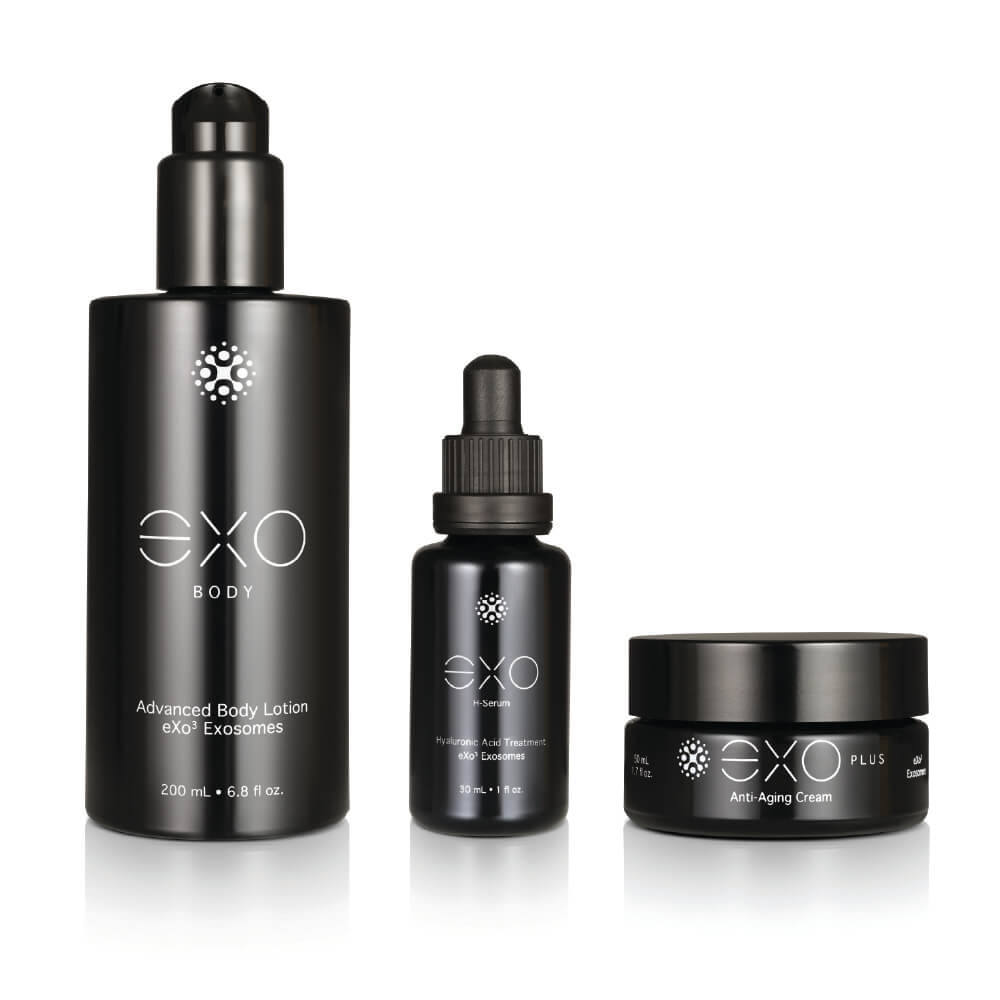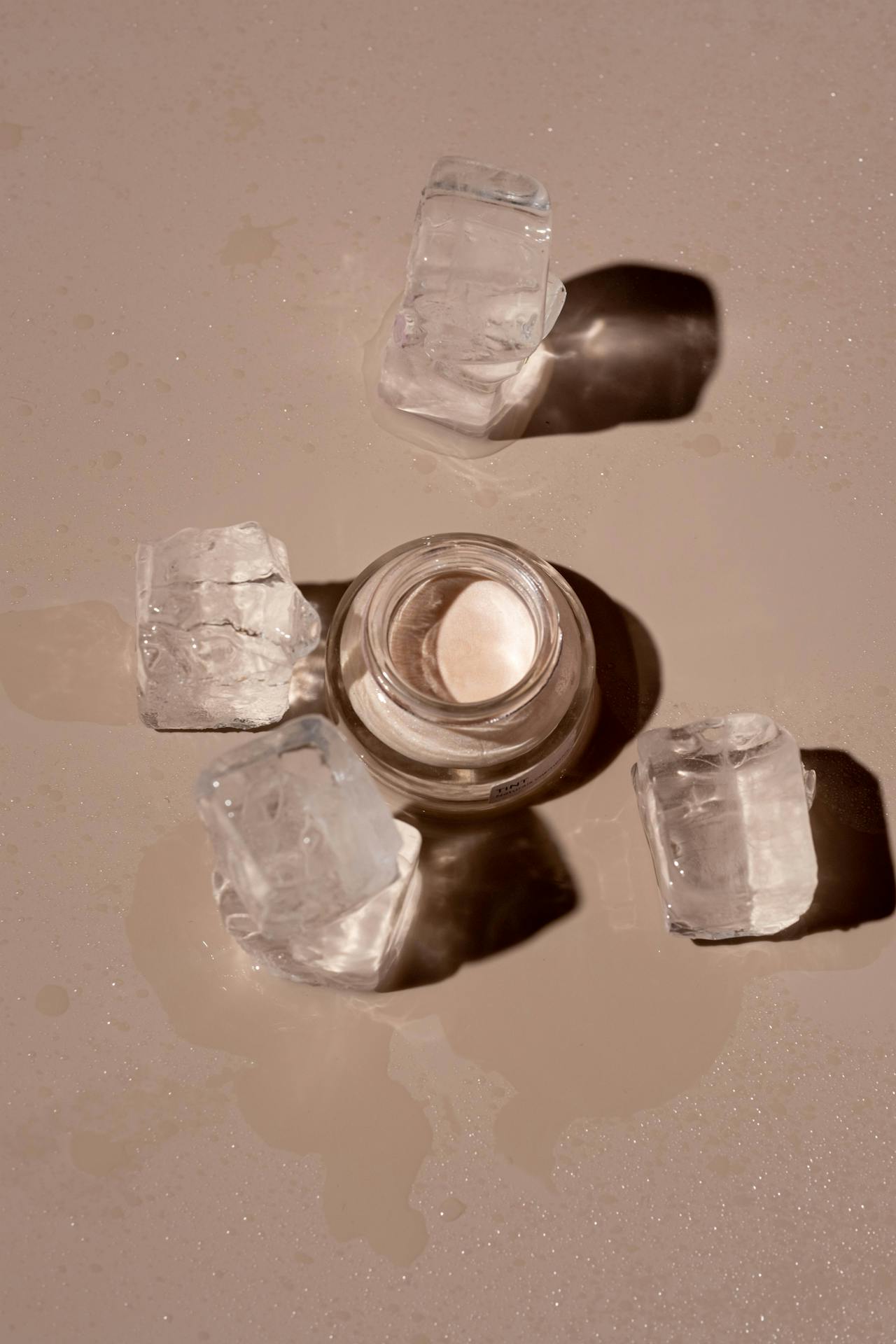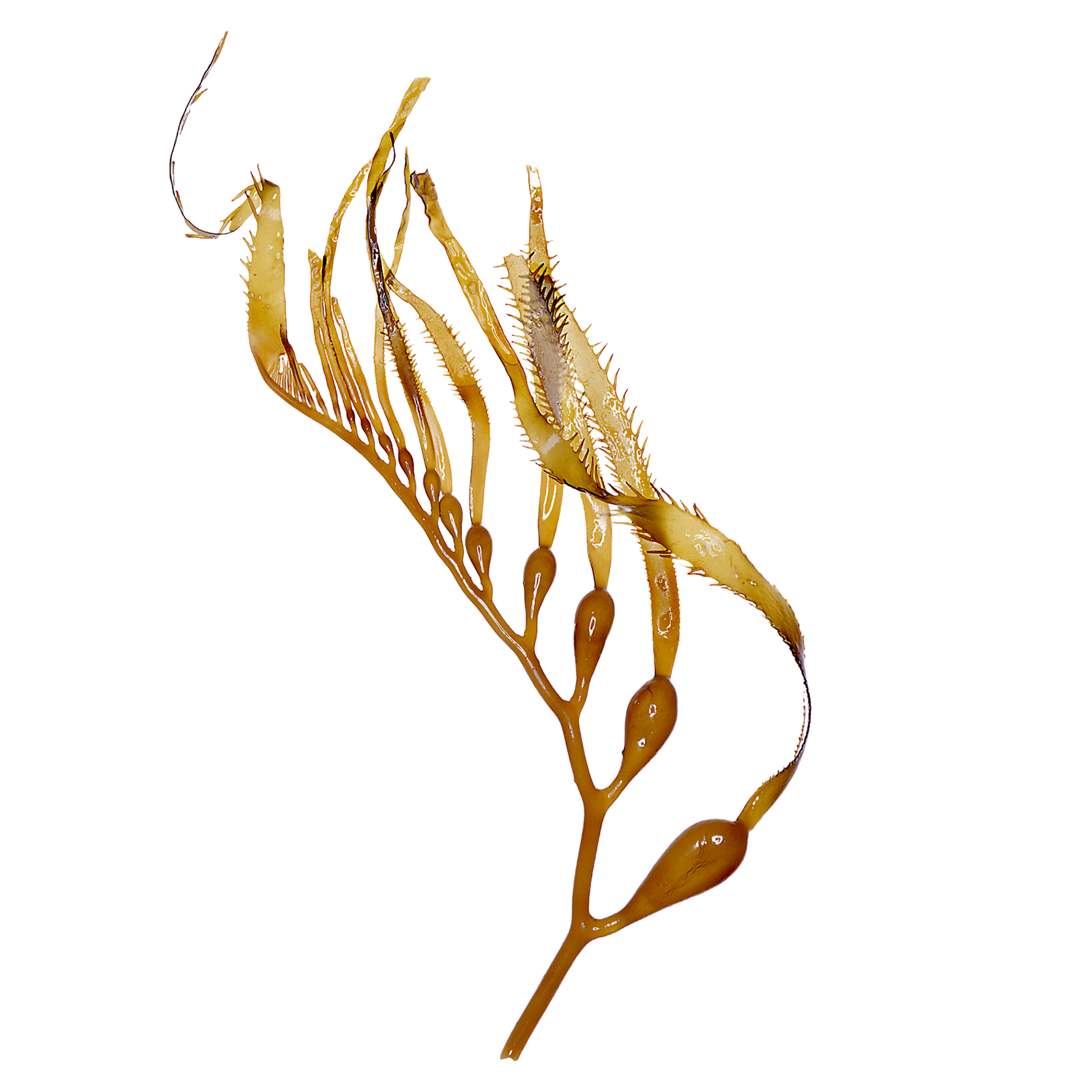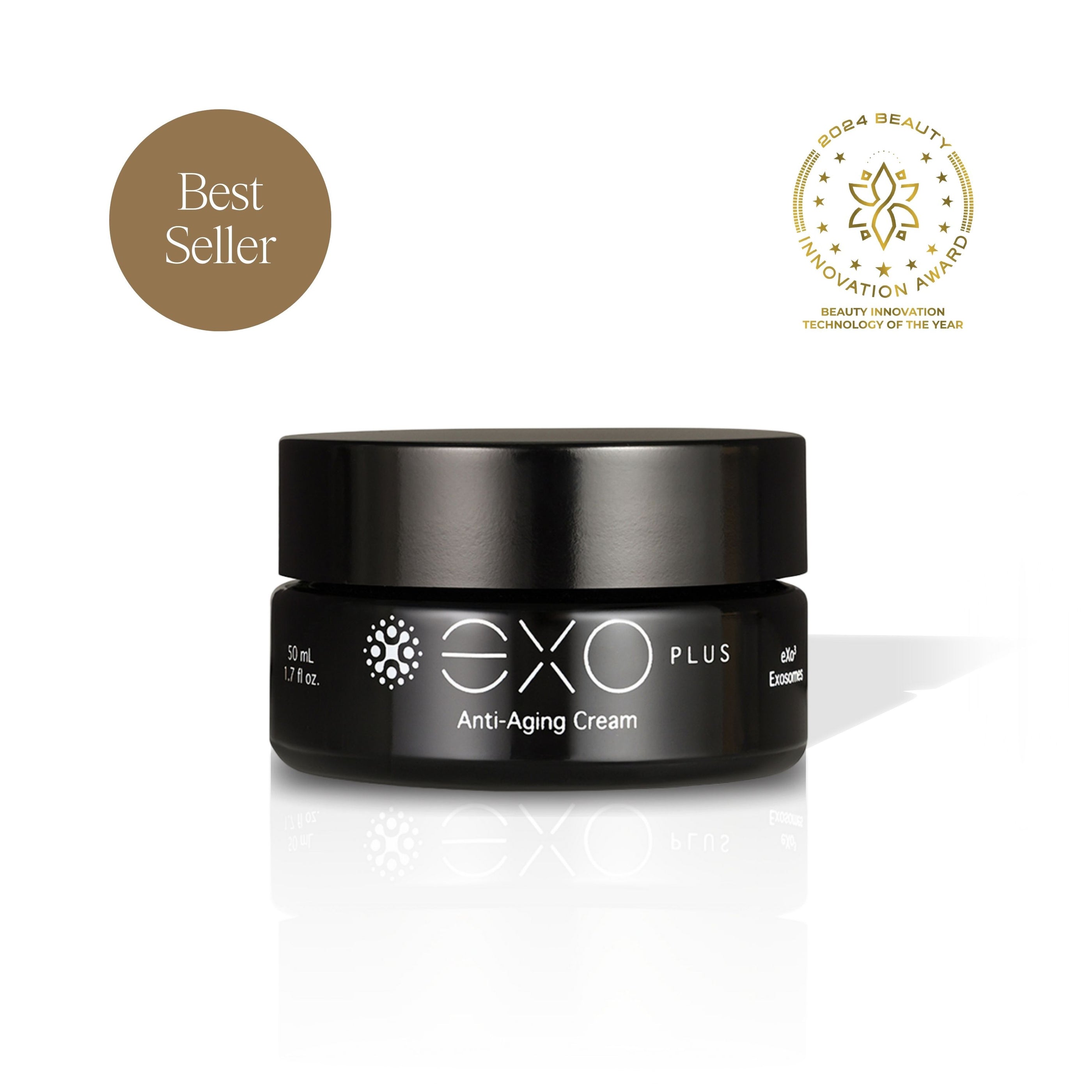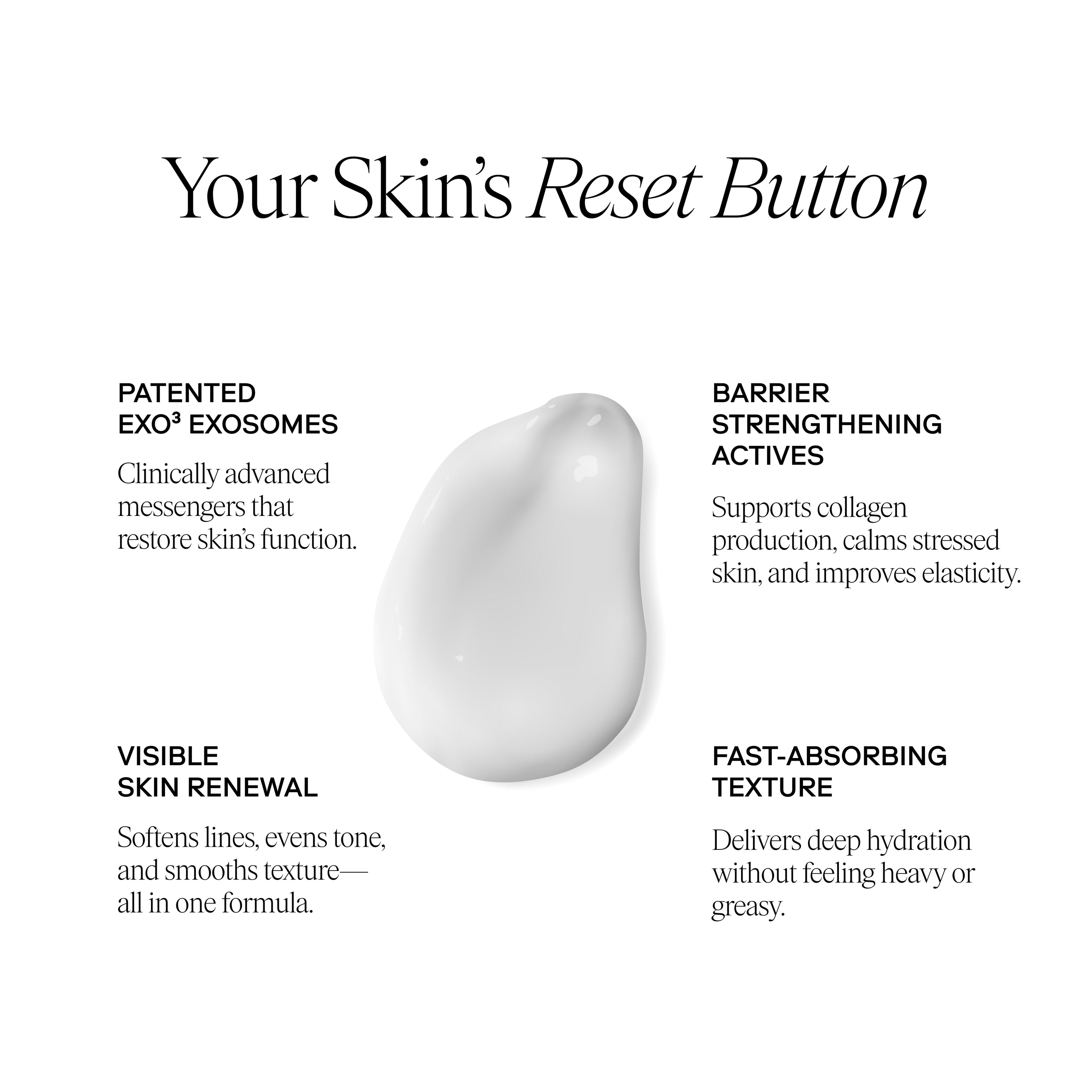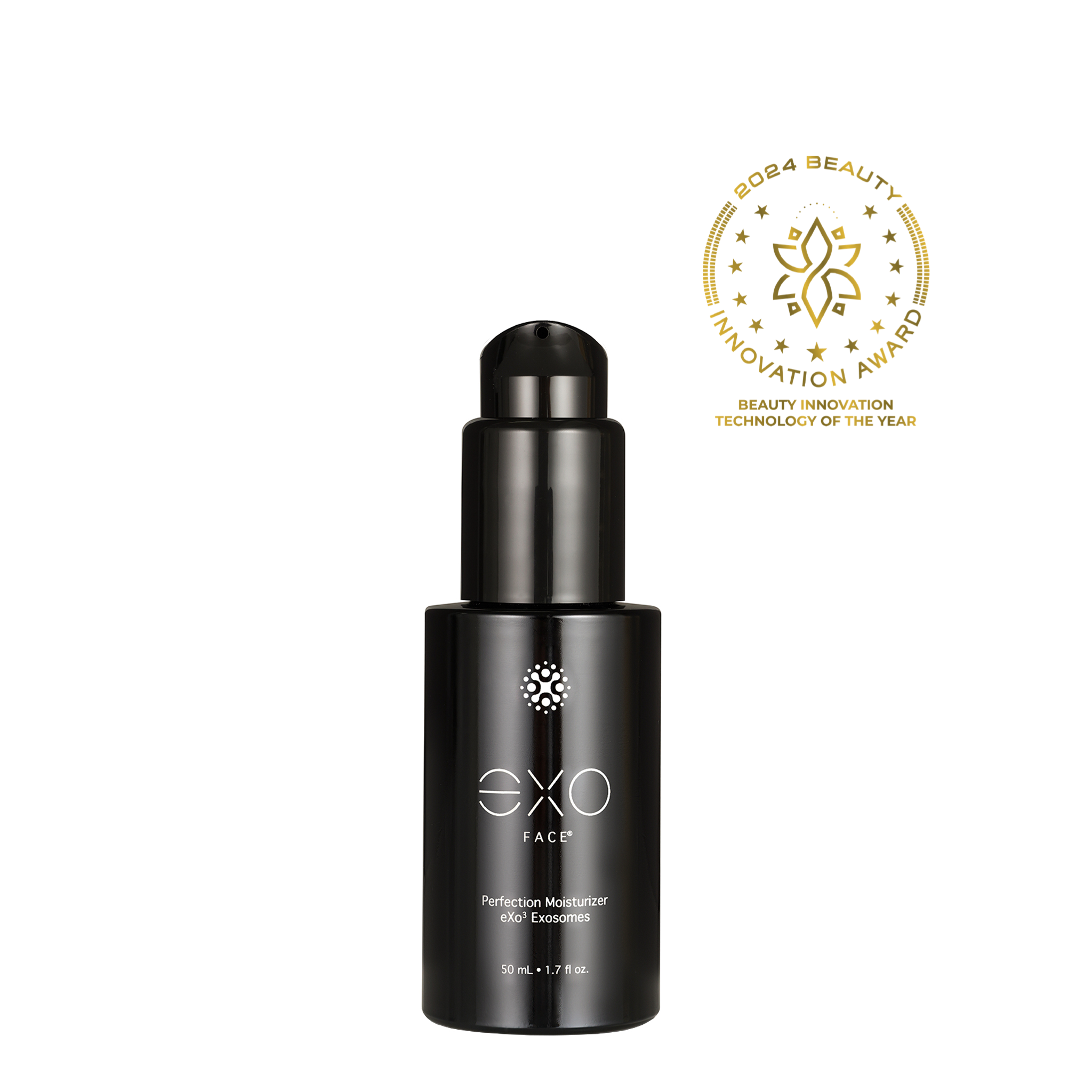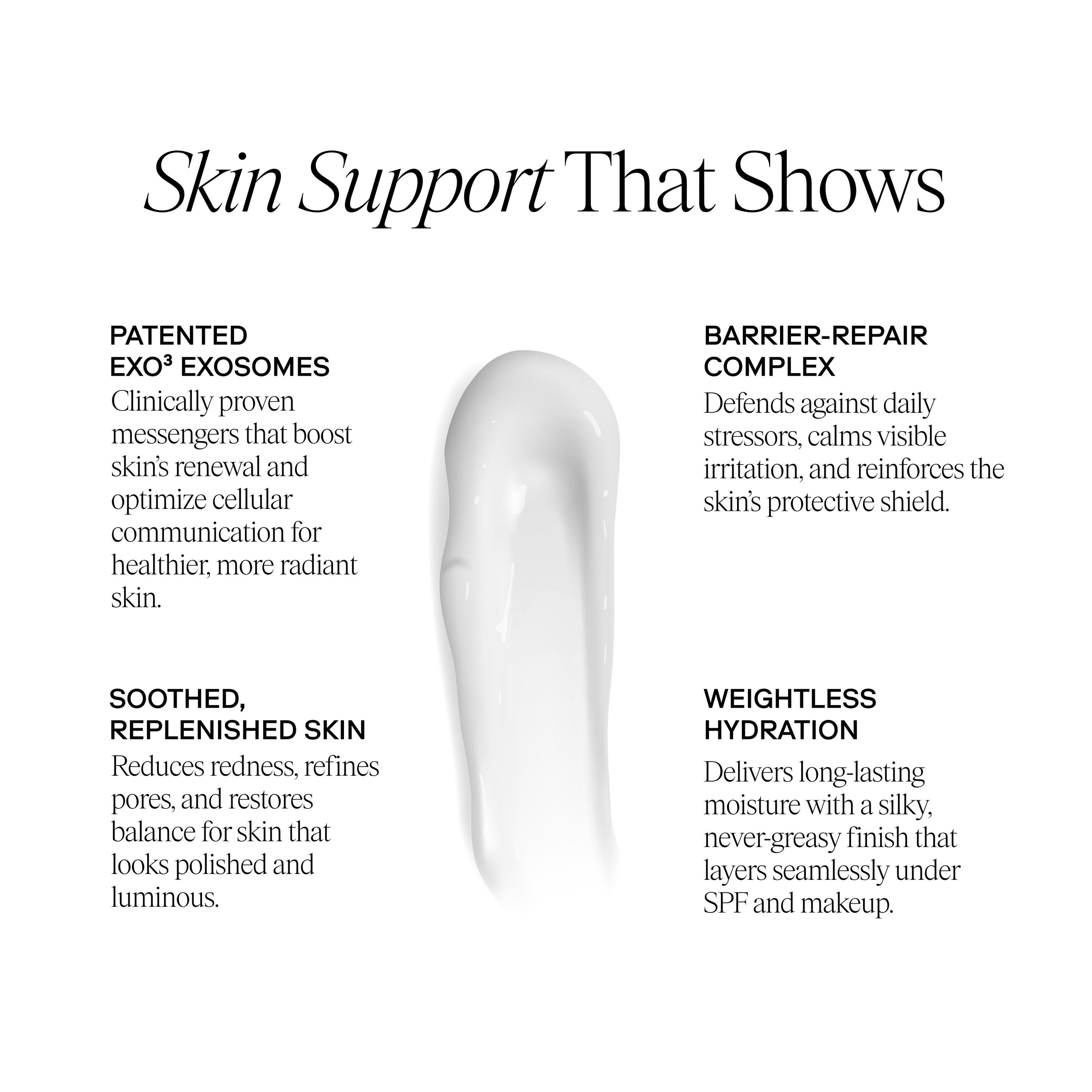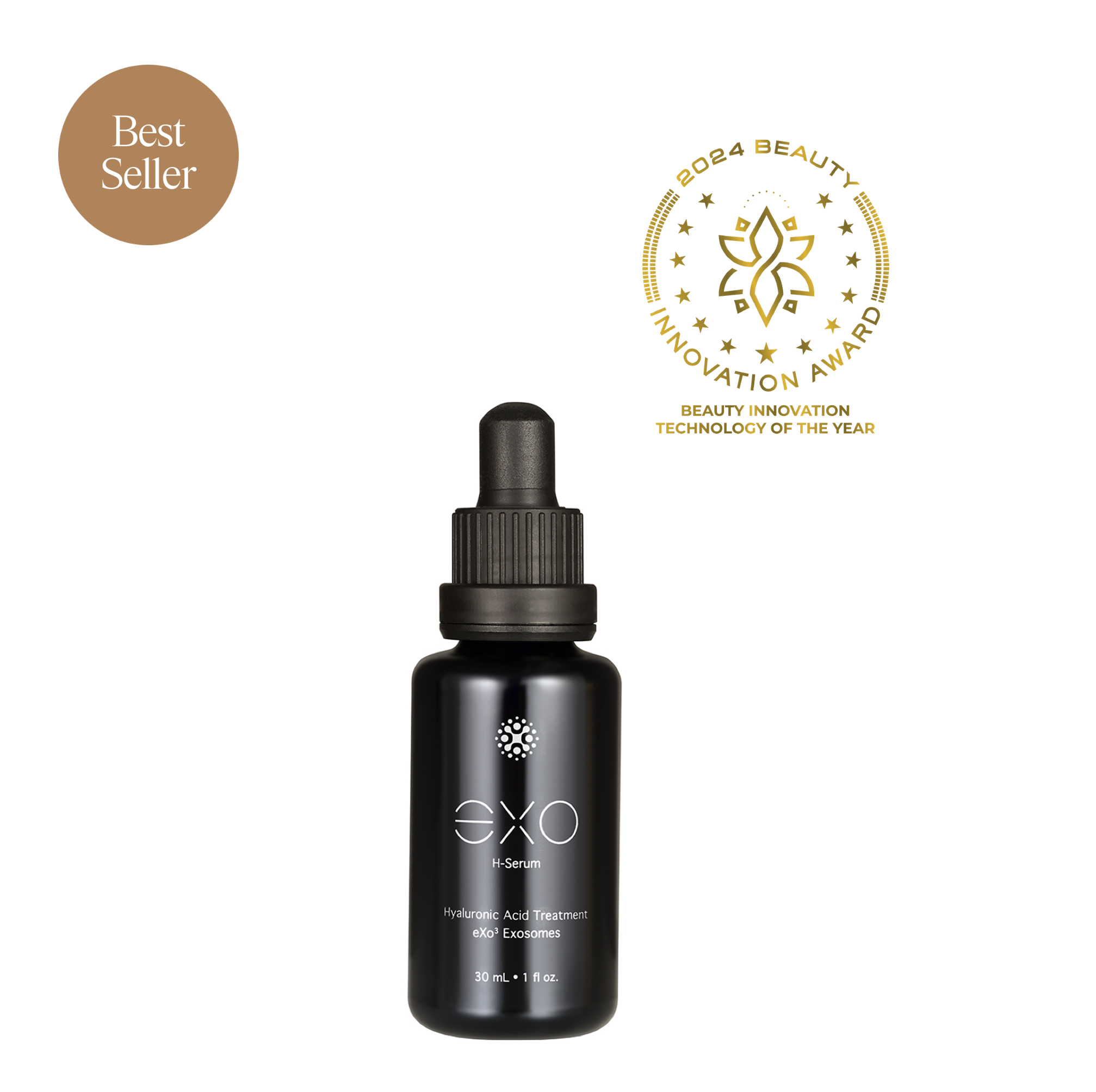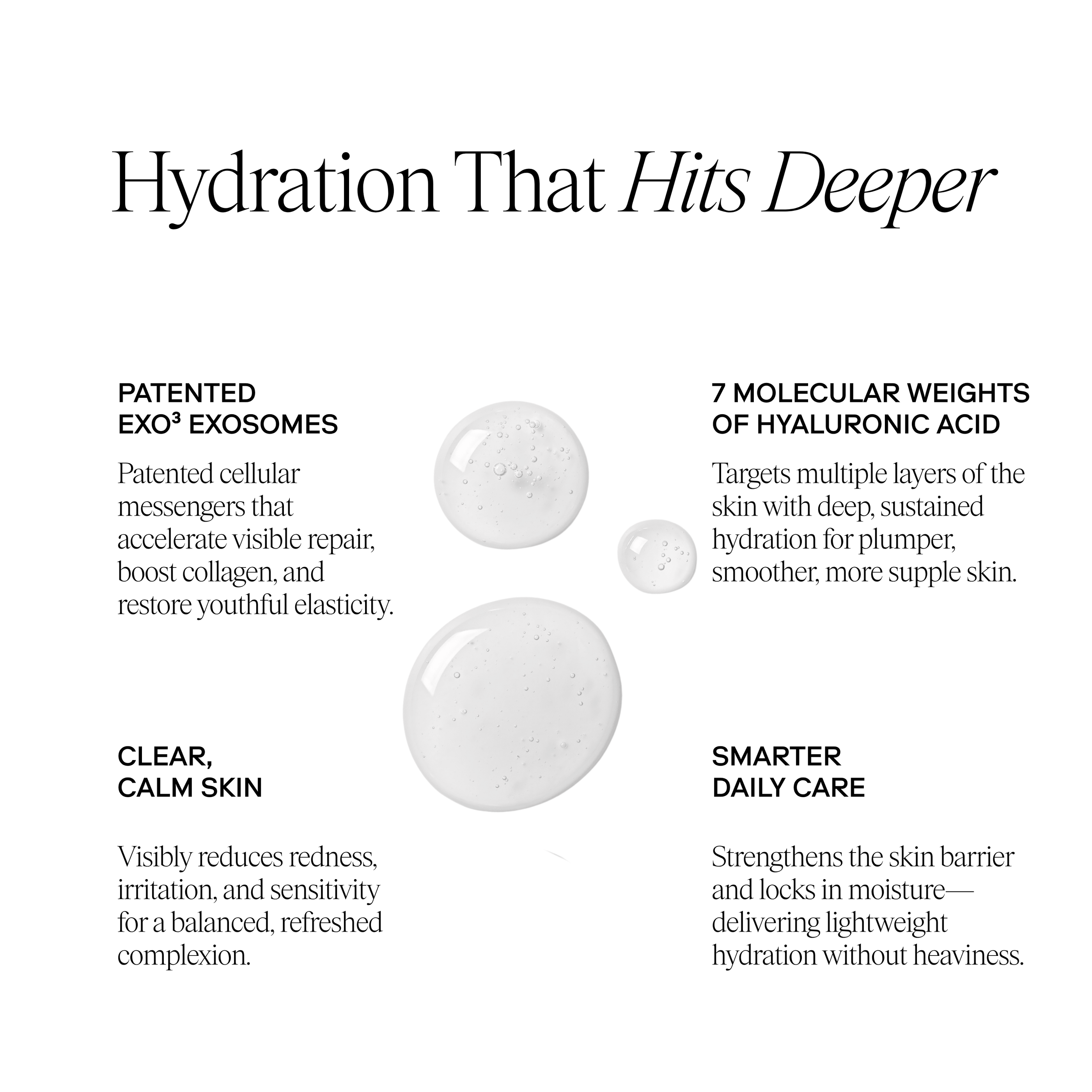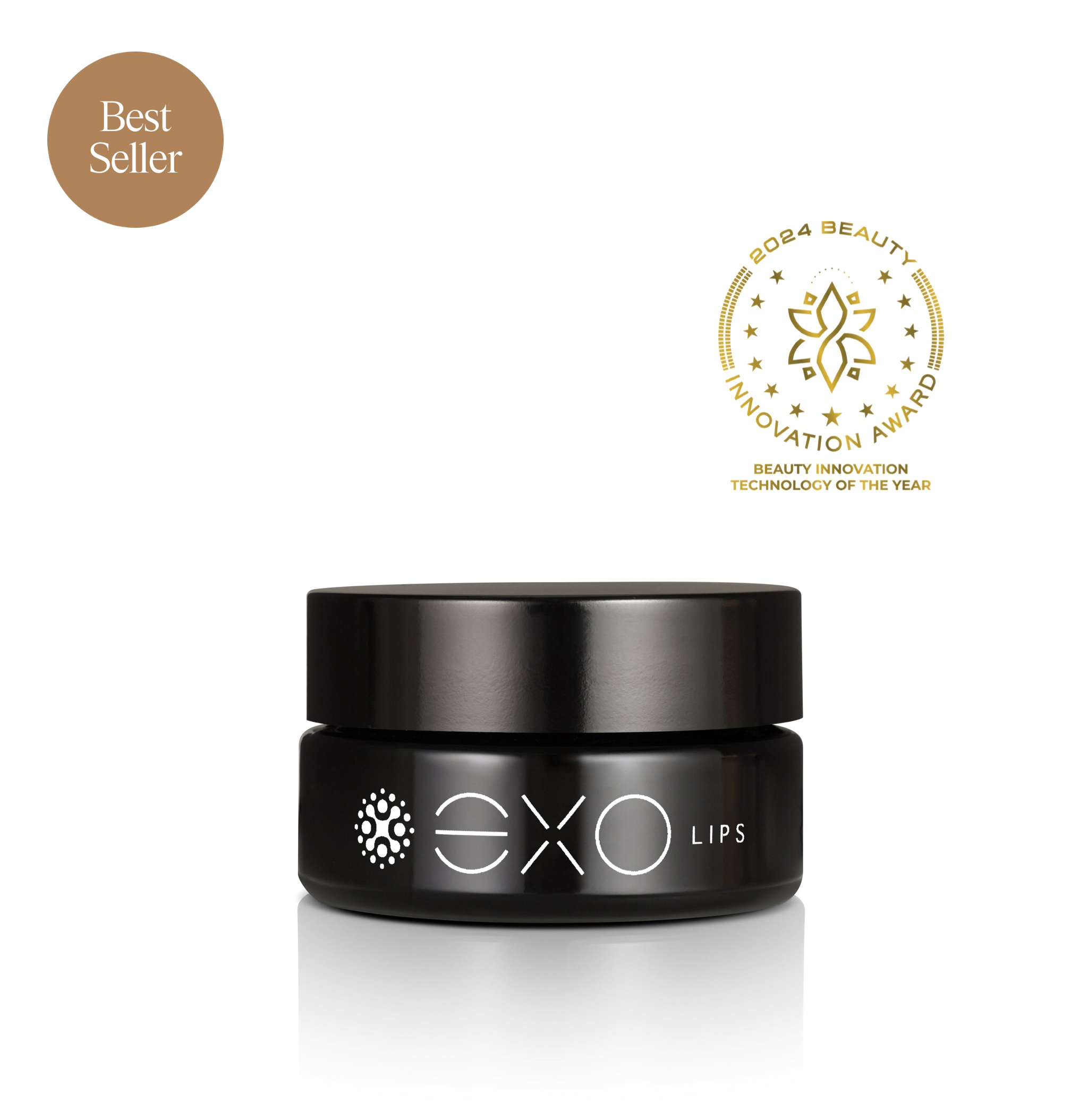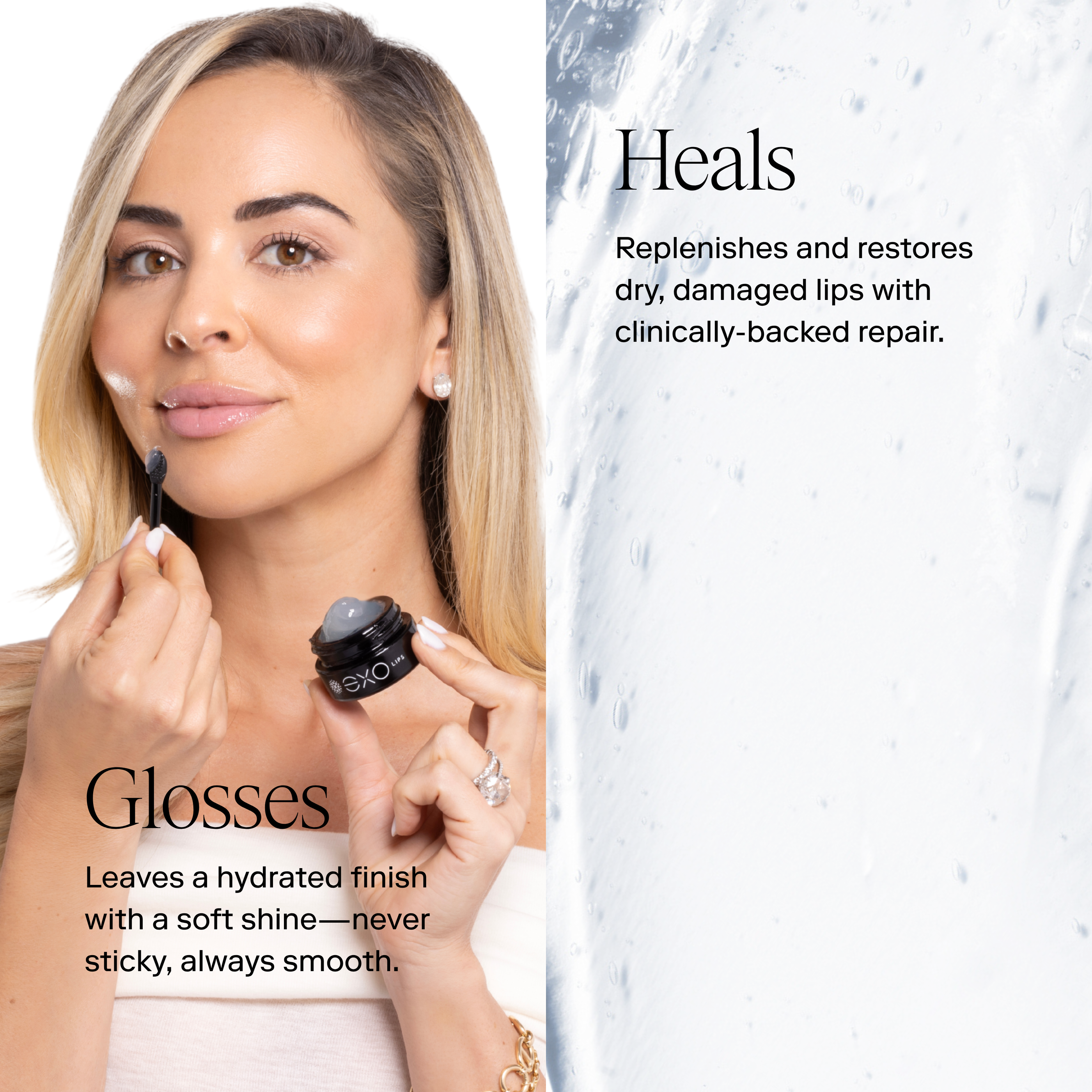Ice therapy, also known as cryotherapy, has emerged as a powerful yet simple skincare technique that can address multiple skin concerns. This age-old practice has gained renewed attention in the modern skincare world for its ability to reduce inflammation, tighten pores, and promote a healthier complexion. When properly applied, ice therapy can be a valuable addition to your skincare routine, offering both immediate and long-term benefits for various skin conditions.
The Science Behind Ice Therapy
Cold therapy works by constricting blood vessels in the skin, which triggers several beneficial physiological responses. When ice is applied to the skin, it causes vasoconstriction - the narrowing of blood vessels - followed by vasodilation when the skin returns to normal temperature. This process, known as vascular gymnastics, helps improve circulation and cellular nutrition while promoting lymphatic drainage. The cold temperature also reduces metabolic activity in the skin, which can help decrease inflammation and swelling.
5 Skin Conditions That Respond Well to Ice Therapy
1. Acne and Inflammatory Breakouts
Ice therapy can be particularly effective for managing acne and inflammatory breakouts. The cold temperature helps reduce redness and swelling by constricting blood vessels and decreasing inflammation in the affected area. Regular ice therapy can also help minimize the appearance of emerging blemishes by reducing their size and severity. Additionally, the cold temperature can help regulate sebum production, which is often a contributing factor to acne formation.
2. Under-Eye Puffiness
One of the most popular applications of ice therapy is treating under-eye puffiness. The delicate area under the eyes can become swollen due to various factors, including lack of sleep, allergies, or fluid retention. Ice therapy helps constrict blood vessels and reduce fluid accumulation, effectively minimizing the appearance of eye bags. The cold temperature also helps tighten the skin temporarily, creating a more refreshed and awakened appearance.
3. Rosacea and Facial Redness
For individuals struggling with rosacea or general facial redness, ice therapy can provide significant relief. The cold temperature helps calm inflamed skin and reduce the appearance of dilated blood vessels that contribute to redness. When used consistently, ice therapy can help manage flare-ups and provide a soothing effect that helps maintain a more balanced complexion.
4. Post-Procedure Recovery
Following certain skincare treatments or procedures, ice therapy can play a crucial role in the recovery process. Whether dealing with post-treatment inflammation from chemical peels, microdermabrasion, or other professional treatments, the application of cold therapy can help reduce swelling, minimize discomfort, and accelerate the healing process. The cold temperature helps calm the skin and reduce the risk of prolonged inflammation.
5. General Skin Inflammation and Irritation
Various forms of skin inflammation and irritation, whether from environmental factors, allergic reactions, or sensitive skin conditions, can benefit from ice therapy. The cold temperature helps calm irritated skin, reduce itching, and provide immediate relief from discomfort. Regular application can help maintain skin balance and prevent future inflammation.

Proper Ice Therapy Application Techniques
To maximize the benefits of ice therapy while avoiding potential complications, it's essential to follow proper application techniques. Never apply ice directly to the skin - always wrap it in a clean, thin cloth or use a specialized ice roller. Limit applications to 1-2 minutes per area, and move the ice in gentle, circular motions. Perform ice therapy no more than twice daily, and always follow with appropriate skincare products to maintain skin hydration.
Precautions and Considerations
While ice therapy is generally safe, certain individuals should exercise caution. Those with conditions such as cryoglobulinemia, cold urticaria, or Raynaud's syndrome should avoid ice therapy. Additionally, those with extremely sensitive skin or broken capillaries should consult with a skincare professional before incorporating ice therapy into their routine. Always perform a patch test before beginning regular ice therapy treatments.
Integrating Ice Therapy into Your Skincare Routine
For optimal results, incorporate ice therapy into your morning or evening skincare routine. Consider using it after cleansing but before applying serums and moisturizers. This timing allows the skin to benefit from the cold therapy while still receiving necessary hydration and nutrients from subsequent products. Remember that consistency is key - regular, proper application will yield the best results for your specific skin concerns.
Conclusion
Ice therapy represents a simple yet effective approach to addressing various skin concerns. When properly implemented, this natural treatment can provide significant benefits for multiple skin conditions while being both cost-effective and accessible. As with any skincare treatment, results may vary among individuals, and patience is essential for seeing optimal outcomes. Consider incorporating ice therapy into your skincare routine as a complementary treatment to help achieve your skin health goals.

